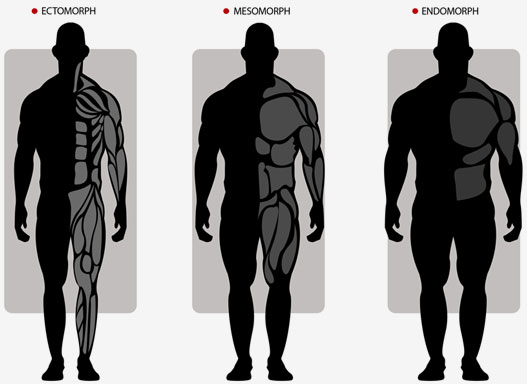 I’ve always observed that fat, big-boned guys have a lot of “natural” muscle mass underneath the fat and that they start training with much higher strength levels than the average guy.
I’ve always observed that fat, big-boned guys have a lot of “natural” muscle mass underneath the fat and that they start training with much higher strength levels than the average guy.
A good example is the difference between me and my big-boned cousin.
We are both the same height (6’2″), however he started out with a 60 KG bench press while I started out with a 30 KG bench press.
When he started training, he quickly built up his bench press to 125 KG.
In the meanwhile, I stalled on my bench all the time and found it hard to build up to working sets of just 60-70 KG.
I often wondered: Why did I struggle to build up to a 60 KG bench press, when my cousin started at that weight and didn’t get any problems with adding weight until he got close to 100 KG on the bench?
After years of observation at the gym and readings forums online, I noticed that guys with bigger bone structures start with much higher strength levels and add strength at a faster rate.
According to Holway in The Sports Gene (2013, p. 125) each kilogram (2.2 pounds) of bone supports a maximum of five kilograms (11 pounds) of muscle.
Here’s a quote taken from The Sports Gene, p. 125:
Most olympic athletes whom Holway has measured, like discus throwers and shotputters, have skeletons that are only about 6.5 pounds heavier than those of average men, but that translates to more than 30 pounds of extra muscle that they can carry with proper training.
In other words, guys with bigger bone-structures can carry A LOT more muscle mass than guys with smaller bone-structures and they have a much higher strength potential.
The easiest way to determine your overall bone-mass is to look at:
- Wrist size.
- Ankle size.
- Neck size.
- Clavicle width.
- Rib-cage size.
Then compare your overall size in these areas to other guys your height.
It’s important that you keep in mind that:
1) Body-fat can make you appear bigger-boned. This is why a lot of skinny-fat guys get surprised when they cut down and find out they have the same body-frame as a small-boned skinny guy.
2) It’s possible to be big-boned in one area while being small-boned in other areas. A good example is tall guys who have very wide clavicles but are skinny everywhere else.
Overall, bone-structure has such a big impact on your physique, that a guy who is 5’6″ yet has a massive bone-structure can potentially become much stronger and bigger than a guy who is 6’3″ with a tiny frame.
This is why you can’t compare yourself to other guys that are the same height as you.
There’s no “normal weight” or “strength standard” for a certain height because your normal weight and strength potential will be determined by your overall bone-mass.
So how does bone-structure affect the type of training you should do?
When you look at strength training forums, you see a lot of fat, big-boned guys succeeding on beginner and intermediate 5×5 training programs.
They keep making consistent strength and muscle gains for a very long time and when they lose excess body-fat, they end up looking lean and muscular.
With a small bone-structure, you will not get the same result.
Instead, you will find it very taxing to train with heavy weights and most low-rep strength training programs will only produce strength gains for a short amount of time.
When you push through a certain point, gains are not smooth, you plateau all the time, joints start hurting and the only way to keep getting stronger is by eating a lot of food so you can gain weight (mostly body-fat).
The reason for this is because:
- Heavy weight training fatigues the Central Nervous System (CNS) much more than high rep training.
- The CNS takes a much longer time to recover than your muscles. However, when you have a large bone-structure, your CNS is able to adapt to recover much faster and adapt to much higher workloads.
In other words, big boned guys see better results on low rep heavy weight training programs because their bone-structure supports consistent strength gains in the low rep ranges. (Progressive overload).
Over time, they gain more muscle mass because progressive overload is key to gain muscle mass. In any training program.
With a small bone structure, your gains are slow and you constantly stall on a low rep strength program, so there’s no consistent overload happening. As a result, your muscle gains are limited.
This is why I always recommend skinny-fat guys build up their strength with bodyweight exercises and then transition to high volume training.
With higher volume training you can consistently overload your body by adding weight in the higher rep ranges, doing more reps, more sets, more exercise variation and more frequent training.
Consistent overload, eating and sleep = Gains.
To relate this back to the example of my cousin… I still can’t bench press as much as he did early on in his training, but I have much bigger chest, shoulder and triceps development than he ever had.
How is this possible when we are both 6’2″ and 200 pounds, yet he can bench way more than me?
Because:
- Bone-structure: A big part of his strength comes from his larger bone-structure that allowed him to squeeze out more CNS adaptations.
- Training frequency: He followed a classical 5-split training program so he only trained each body-part once per week. I worked my chest, shoulders and triceps 2-3 times per week which is more optimal for gains.
- Form and exercise variation: I focused on the mind-muscle-connection and training my muscles from all angles to recruit all muscle fibres. He focused on going as heavy as possible and maxing out on everything.
Be proud but stay hungry!
Oskar Faarkrog, ISSA Certified Trainer


What do you mean that having a higher bone size permits for a CNS that quickly adapts to higher loads?What’s the correlation?Bigger boned people have bigger muscle that is stronger, that’s why they start bigger and end up bigger
Eu treino treino só consigo levantar 30 quilos no supino no máximo o que há em mim ?
How do I know what kind/size bone structure I have? Is there some sort of measurement chart/guidelines to compare to?